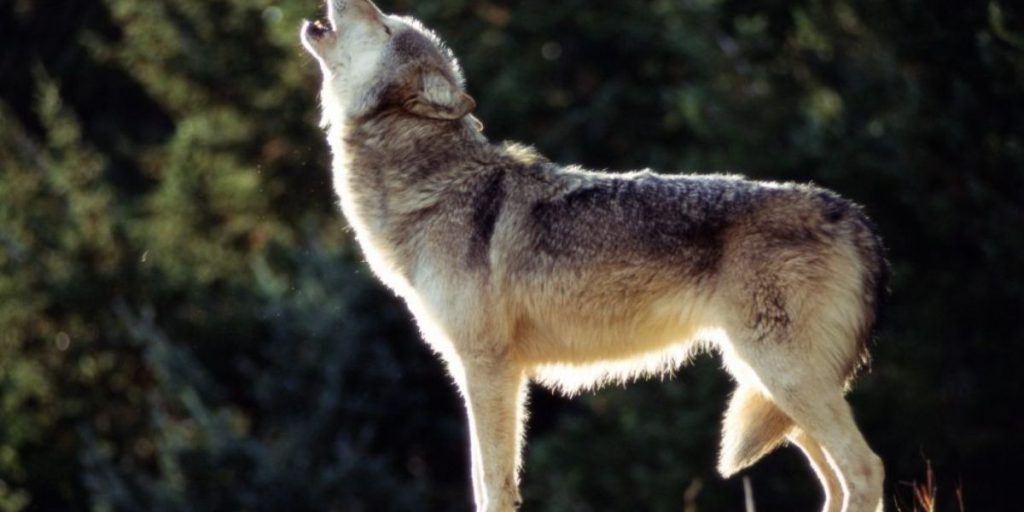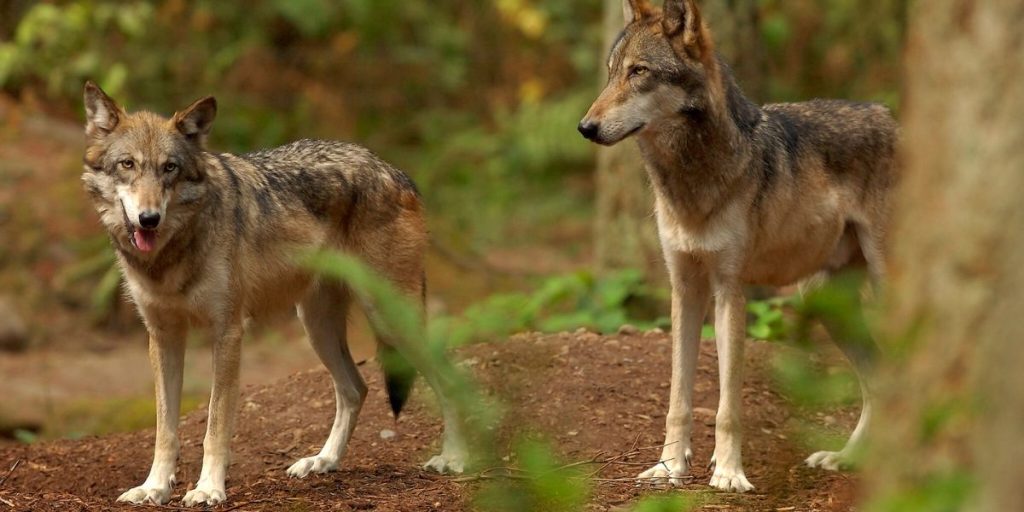Wolves are powerful apex predators that form packs with a fascinating social hierarchy. Wolves were once common, but they have now been extinct in many locations. They presently inhabit thirteen states in the United States, with Alaska housing the majority of the country’s wolf population.
However, populations are progressively recovering in several places, including Washington. Continue reading to learn more about wolves in Washington State, such as their habitats and diets.
How Many Wolves Are in Washington State?
According to the most recent official wolf count in 2022, Washington State now has 216 wolves. These are made up of 37 separate packs, 26 of which contain successful breeding couples. The figures were released in April 2023, and there are currently no records from the 2023 survey.
The wolf population in Washington has been expanding for the past fourteen years. This year’s wolf census numbers are up than previous years, which indicated a population of 206 wolves spread across 33 packs, including 19 breeding pairs.
Wolves are still nationally endangered in the western two-thirds of the state, but they are no longer protected in the remainder. However, they are still recognized a state-endangered species throughout the area, making killing or harassing them illegal.

Where do Wolves Live?
Wolves are very adaptable animals that can live in a range of settings, though they prefer to be in forests and mountains. The majority of Washington’s wolves live in the north and northeast, with only a few groups in the south.
Wolves were originally widely distributed throughout the state, but they were eradicated by the 1930s. This was mostly caused by human-wolf conflict and long-term wolf hunting. Wolves have returned to the state after being away for more than 50 years.
Wolves were never formally returned to Washington, but they have progressively recolonized the state after crossing the border from neighboring states. By 2008, it was established that there was a pack in Okanogan County that had successfully given birth to cubs. Since then, the state’s pack and wolf population has continuously increased, as has its range. In particular, packs recolonized the South Cascades during the winter of 2022-2023.
Learn More:
- Washington is Home to the Sixth Largest Cathedral in the World
- 5 Most Dangerous Neighborhoods in San Jose, California
What Do Wolves eat?
Wolves are apex predators, which means they live at the top of the food chain with no natural predators. Their diet consists primarily of huge ungulates such as moose, deer, and elk. However, if food is short, they will eat smaller creatures like rabbits, hares, and beavers.

Wolves are pack animals, and the organization of the pack is critical when hunting food. Wolves are considerably more likely to have a successful hunt when they work together in a pack rather than alone, especially when pursuing larger prey. When hunting larger animals, the wolf pack will usually stalk the victim and then spread out to surround it before charging in for the kill.
Although wolves have an opportunistic diet, they are extremely vital to the environment. This is because they can keep the populations of prey species under control. This not only contributes to a healthy predator-prey balance, but it can also prevent animals like deer from overbrowsing their habitat. This helps the plants to regenerate and protects animals from starvation. Furthermore, wolves frequently feed on sick and injured animals, the weakest members of the herd, helping to keep populations healthy and robust.
Read More: 5 Neighborhoods in Fresno, California Are Considered Unsafe to Live
Conclusion
Washington State has witnessed a remarkable resurgence in its wolf population, with 216 wolves spread across 37 packs. Despite their adaptability, these apex predators primarily inhabit the northern and northeastern regions of the state, contributing to the ecological balance by regulating prey populations and maintaining a healthy ecosystem.